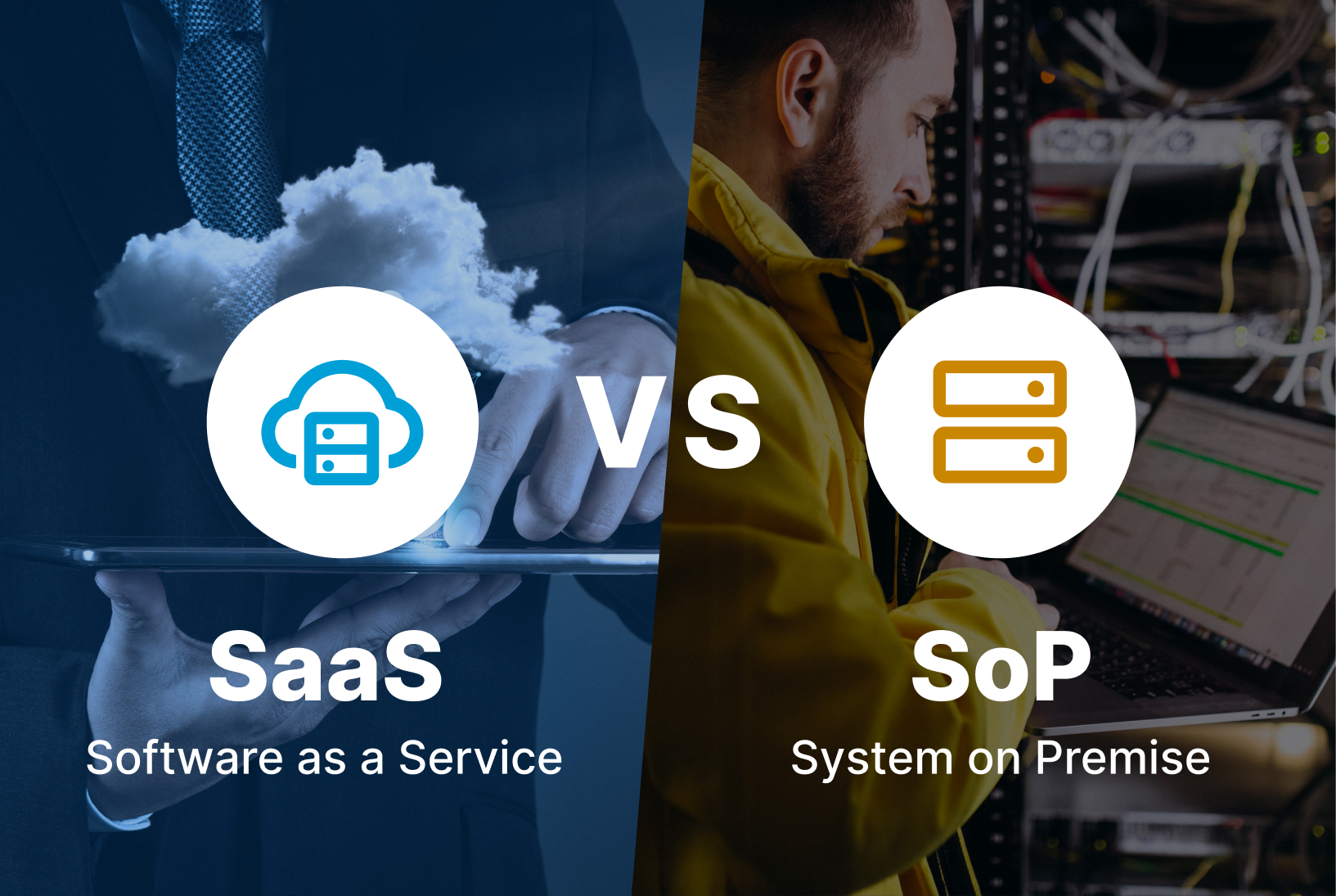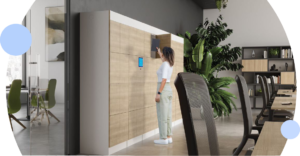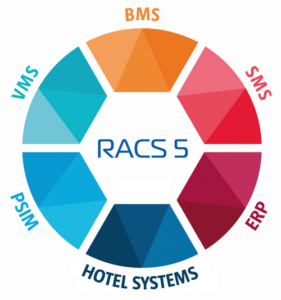Often, even during the selection process of software, different licensing models are available. In case of the URVE Smart Office (USO), we use two models: Saas and SoP. How do they differ and what are their pros and cons?
Let’s start with a definition: SaaS, which stands for Software as a Service, involves the provision of software in a cloud-based environment, where the solution provider is responsible for the maintenance, development and updates of the application. Theoretically, it is the fastest way of implementing a system and requires minimum or no involvement of the IT department.
SoP, which stands for System on Premise, is a model where the software is installed on the buyer’s hardware and infrastructure. In this case, the supplier is responsible for the development of the solution, and the IT department is responsible for the maintenance and updates.
Many clients have pre-determined guidelines defined by their corporate policies. If there are no pre-determined guidelines, which model will be the most beneficial? Below you will find some of the questions we often get and a simplified table for comparison purposes.
Important issues | SaaS | SoP |
Implementation costs | No or very low | High – one-off purchase of a licence + set up of onsite infrastructure |
Maintenance costs | Monthly subscription | None |
Guarantee | Included in the subscription | Ends after 12 or 24 months |
Remote support or SLA (Service Level Agreement) | Included in the subscription | Reaction times need to be agreed |
Start-up time | 1 day | Several days – several weeks |
Safety | User data is stored in a private cloud | User data is stored on internal servers |
Integrations | Possible integration with external systems | |
Data processing | Supplier can access data | Data are not processed by third party entities |
What is the cost of implementation?
In case of Saas, there are no implementation costs, or they are insignificant. How is that possible? In order to ensure a fast launch of the system, we use a solution based on the private cloud, and only the initial configuration is required to start up the service. If you use Office 365 and want your users to use the existing login details, we will ask your IT department to provide the necessary data to connect our systems.
In case of SoP, in addition to the licensing costs, the support of the IT department is required in order to prepare the hardware, infrastructure, certificate, domain, and configuration at a later stage. To make this process easier, we will provide a short checklist.
What is the cost of maintenance?
For Saas, the monthly subscription is the only maintenance cost. This subscription includes full access to the USO and support in unforeseen situations. The SoP model does not provide for any additional costs of maintenance resulting from the license.
How long is the guarantee valid?
SaaS – the guarantee lasts as long as the subscription is paid.
SoP – the guarantee is valid for 12 or 24 months and can be extended thereafter.
Is remote support or SLA needed?
Remote support or a SLA (Service Level Agreement) is required when the IT department wants to transfer part of the service from its own resources to the software provider. This agreement very often involves the determination of the incident reaction times. This guarantees that failures are resolved quickly.
In case of SaaS, the support is much faster, as the cloud is constantly monitored. To ensure an equally quick reaction in SoP, your IT department needs to provide us with permanent and secure access to the implemented system.
How fast can I start using the system?
In the SaaS model, the supplier is responsible for almost all tasks and responsibilities. Our record time for making the system available, including the import of users, is 14 minutes and 23 seconds!
In case of SoP, the implementation project may last from a few days up to several weeks, depending on the complexity, level of security and cooperation with the IT department, which often involves liaising with the international departments responsible for the configuration of network, VPN or integration.
Which solution is the most secure in terms of data processing?
How is the system user data processed?
Both solutions are very secure.
In case of SoP, the user personal data is not forwarded outside of the company’s structures. All data is stored on the internal servers in the company’s IT structure.
If you decide to go for Saas – the user data is saved or imported to the cloud server and only the server provider can have access to such data. We confirm the data security by the data entrustment agreement. We use clouds located only within the European Economic Area in order to comply with all requirements of the GDPR.
Can USO be integrated with external systems?
Both solutions allow the integration with external systems such as Microsoft Exchange, Office 365, Azure, Active Directory, KeyCloak and more.




